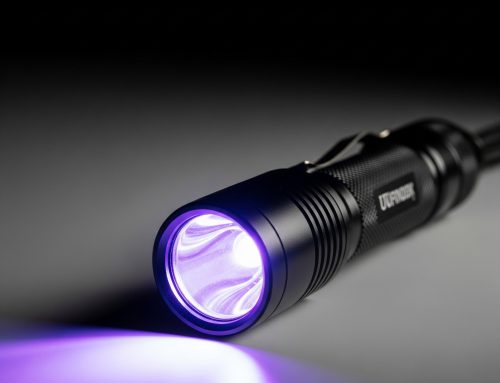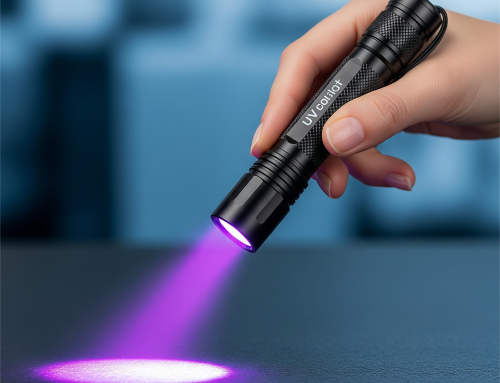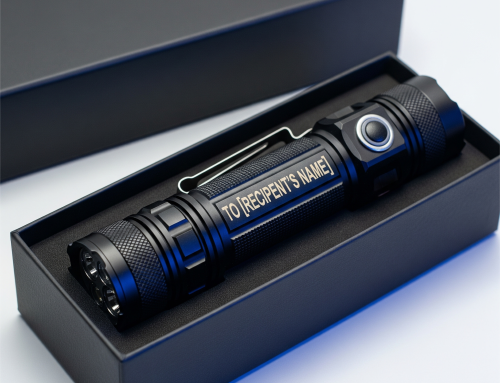Ultraviolet (UV) flashlights have become indispensable tools for geologists and mineral collectors due to the phenomenon of mineral fluorescence. Many minerals exhibit a vibrant glow when exposed to UV light, revealing hidden colors and patterns that are not visible under normal lighting conditions.
Understanding Mineral Fluorescence
Mineral fluorescence occurs when a mineral absorbs ultraviolet radiation and then re-emits it as visible light. The color and intensity of the fluorescence vary depending on the mineral’s composition and the wavelength of the UV light. Factors such as impurities and crystal structure can also influence the fluorescence.
Applications of UV Flashlights in Mineralogy
- Mineral Identification:?By observing the fluorescence of a mineral under UV light, geologists can often narrow down the possible identities of a specimen. For example, fluorite is well-known for its bright blue fluorescence, while calcite can exhibit a range of colors, including pink, blue, and green.
- Gemology:?Gemologists use UV light to identify and grade gemstones. Many gemstones, such as diamonds and rubies, exhibit characteristic fluorescence under UV light, aiding in their authenticity and quality assessment.
- Mineral Exploration:?UV flashlights can be used to quickly identify potential mineral deposits. By scanning rock outcrops and mineral specimens, geologists can detect areas with high concentrations of fluorescent minerals, indicating the presence of valuable deposits.
- Mineral Collecting:?Mineral collectors use UV flashlights to enhance the beauty and interest of their specimens. Many minerals that appear dull or ordinary under normal light can become quite striking when viewed under UV illumination.
Types of UV Light Used in Mineralogy
- Shortwave UV (SW-UV):?This type of UV light has a wavelength of around 254 nm and is often used in laboratory settings. SW-UV can cause some minerals to fluoresce more intensely than others, but it can also damage certain minerals and organic materials over time.
- Longwave UV (LW-UV):?With a wavelength of around 365 nm, LW-UV is generally considered safer for minerals and is more commonly used by hobbyists and collectors. LW-UV can still induce strong fluorescence in many minerals.
Safety Precautions
- Eye Protection:?Always wear UV-protective eyewear when using a UV flashlight to protect your eyes from harmful radiation.
- Skin Protection:?Avoid prolonged exposure of skin to UV radiation.
- Mineral Damage:?While most minerals are not damaged by UV light, prolonged exposure can cause some minerals to fade or change color.
In conclusion, UV flashlights have revolutionized the study and appreciation of minerals. By revealing the hidden beauty and diversity of the mineral world, UV light has opened up new avenues of research and exploration for geologists, gemologists, and mineral collectors alike.



